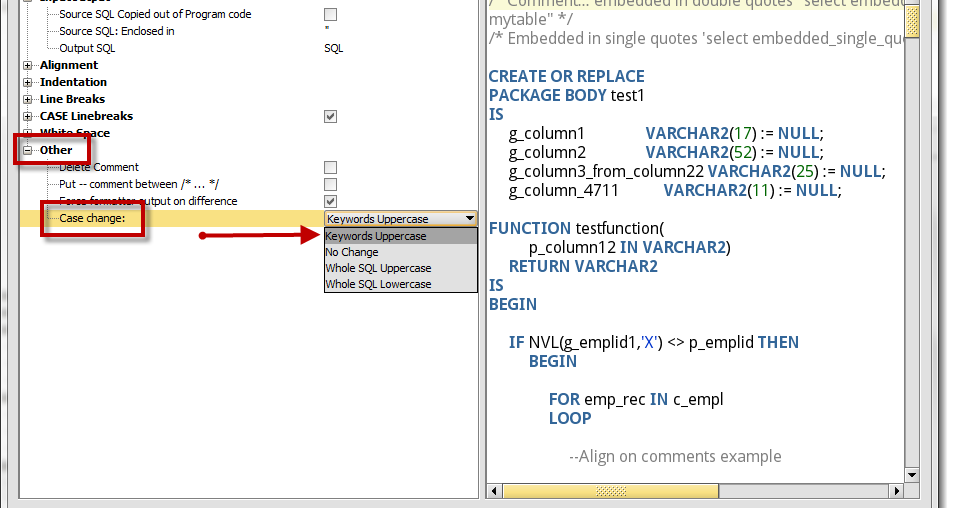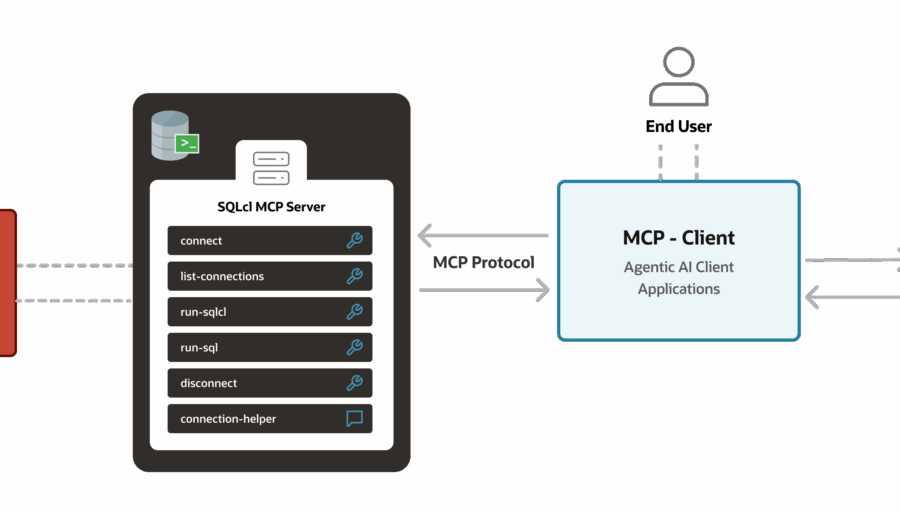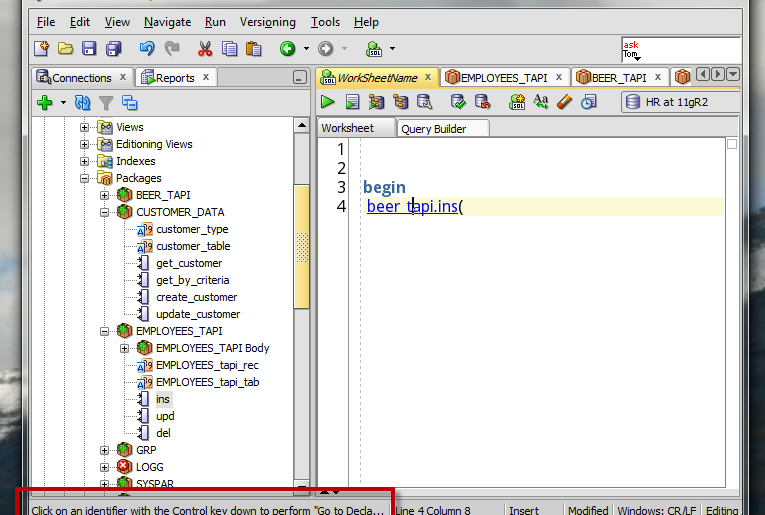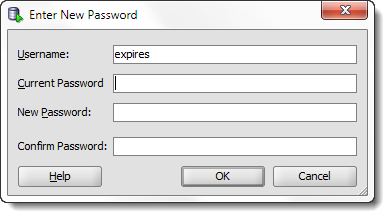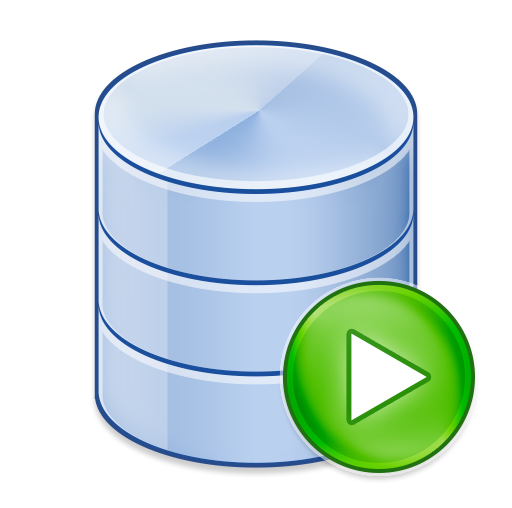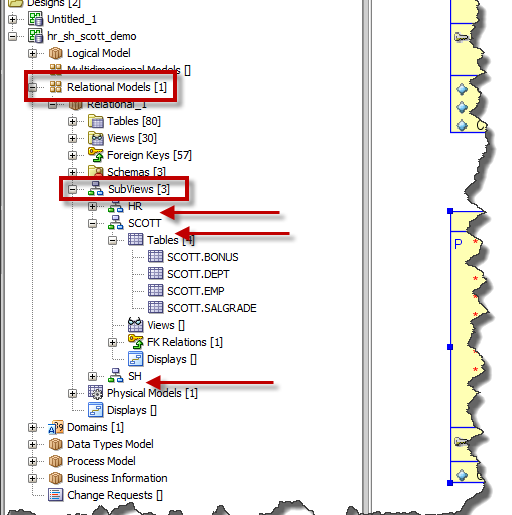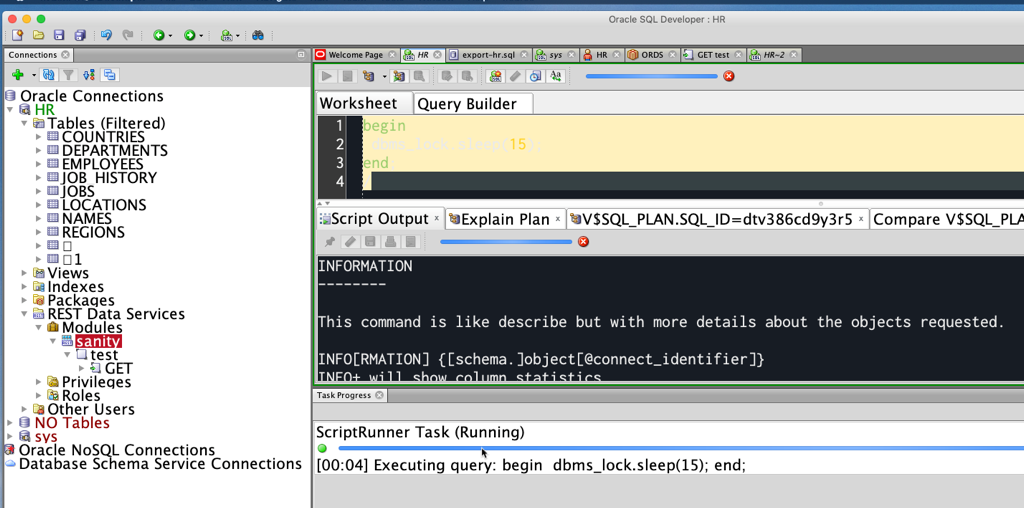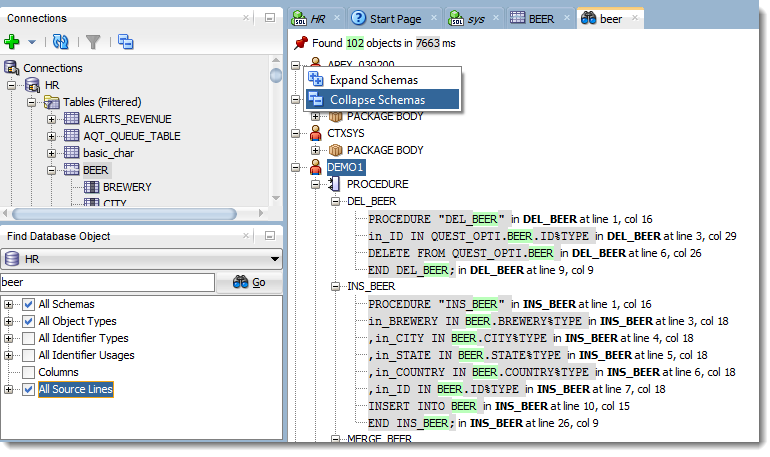If you’re here because you downloaded a copy of Oracle SQL Developer and now you need help connecting to a database, then you’re in the right place. I’ll show you what you need to get up and going so you can finish your homework, teach yourself Oracle database, or get ready for that job interview. You’ll need about 30 minutes to set everything up…and about 5 years to become proficient with Oracle 😉 Oracle Database…
